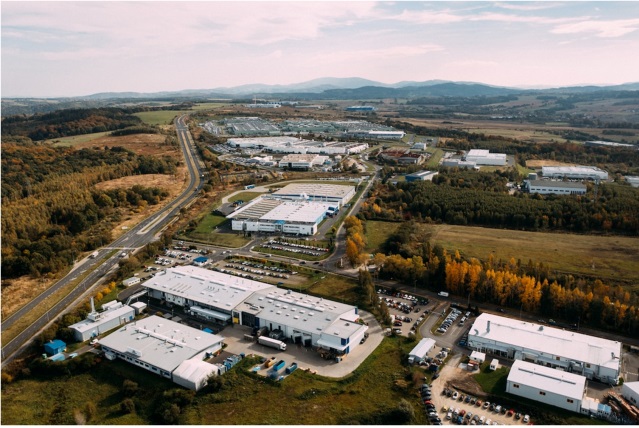
What Is Capacity Utilization and How Do You Improve It?
Understanding and effectively managing capacity utilization can have a significant impact on the success of your business operations. Making adequate use of your business resources not only forges efficiency but also positively influences your profit margins. Keep reading as we delve into the essential aspects of capacity utilization ranging from its conceptual understanding to improving and monitoring processes within your business setting.
Table of Content
Unveiling the Concept of Capacity Utilization

To put in context, capacity utilization is an integral productivity metric describing how proficiently a business is using its resources—in terms of manpower, machinery, and other available tools—to generate output. It’s considered a key economic indicator, which helps in diagnosing the overall health and operational efficiency of an enterprise.
The capacity utilization rate is usually expressed as a percentage, offering meaningful insights into sections within the cycle where resources may be underused or overextended. Understanding the capacities of your resources can guide businesses to make insightful decisions and create robust strategies.
For deeper insights into capacity utilization and how it fits into the larger business framework, you can learn more about what is capacity utilization here.
Role of Capacity Utilization in Business Operations
Having established the conceptual framework of capacity utilization, its role in a business’s operations becomes critical to understand. The first and foremost role of this productivity measure is helping businesses evaluate their operational efficiency.
Efficient use of capacity ultimately translates into cost-saving, lean operations, and improved profitability. A constant evaluation of capacity utilization aids in identifying idle resources, pinpointing the bottlenecks in the processes, and ultimately leading to effective resource management.
By maintaining an acceptable capacity utilization rate, businesses can avoid the trap of overproduction or underproduction, which both carry potentially harmful effects on the bottom line.
Moreover, effective capacity utilization management can lead to meeting customer demands in a timely manner, enhancing business performance and credibility in the marketplace.
Key Factors That Affect Your Business’s Capacity Utilization

Various elements can influence your business’s capacity utilization rate—ranging from labor issues to planning snags to technological outages. Demand fluctuation, personally, significantly impacts capacity utilization. If the demand for your product or service shoots up suddenly, your capacity utilization rate can exceed a hundred percent, warranting immediate attention.
On the flip side, if the demand drops drastically, causing your resources to be underused, it leads to inefficiency and increased cost burdens. Workforce productivity is another influential factor to consider. If your labor force is not operating at its maximal efficiency, your capacity utilization can falter.
Additionally, any technical glitches or frequent need for machine maintenance can also affect your capacity utilization adversely. Furthermore, poor scheduling and inconsistency in the production process can impede your capacity utilization, thereby affecting the overall operational efficiency.
Strategies to Improve Capacity Utilization
Identifying potential means to improve capacity utilization should be a vital part of your operational plan. Implementing effective scheduling systems and lean production strategies can drastically improve your utilization rates, thereby contributing to your business effectiveness.
Adopting advanced technologies for process automation can also significantly boost your capacity utilization rates. Automation not only cuts down on unnecessary labor time but also reduces the chances of human errors.
Adequate maintenance of the machinery and regular employee training for skill enhancement is essential. An adequately skilled and productive workforce is a crucial component of improved utilization rates.
Lastly, monitoring market trends and working on flexible operational frameworks to meet fluctuating demand can be another strategy toward better capacity utilization.
Measuring the Success of Your Capacity Utilization Efforts
The implementation of strategies to improve capacity utilization is only part of the equation. Regular and accurate measurement of your utilization rates can give you critical insights into the effectiveness of your strategies.
One of the ways to measure success is by comparing your current utilization rates with industry benchmarks or your desired capacity utilization goals. A positive trend in these comparisons suggests a successful implementation of your procedures.
Note that success isn’t necessarily reflected by reaching a hundred percent utilization. Striving for hundred percent rates might lead to overworked resources, leading to lower quality output or longer lead times. The key is achieving a sustainable and efficient level of capacity utilization that brings profitability and manages resource health.
Overall, the effective management of capacity utilization can play a significant role in enhancing the performance and profitability of your business. Remember, capacity utilization isn’t just a productivity metric; it’s a strategic tool that holds immense potential to revolutionize your business operations if used appropriately and intelligently.


